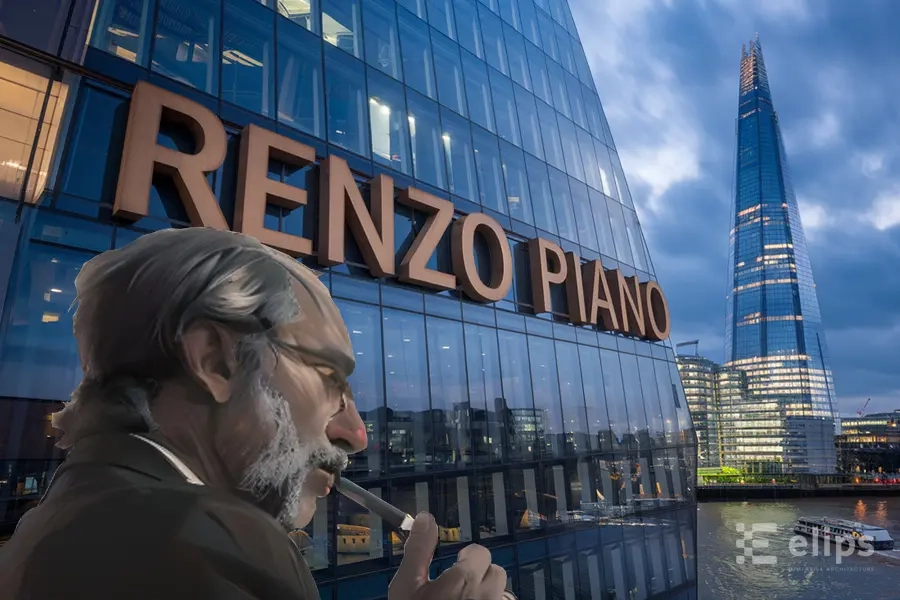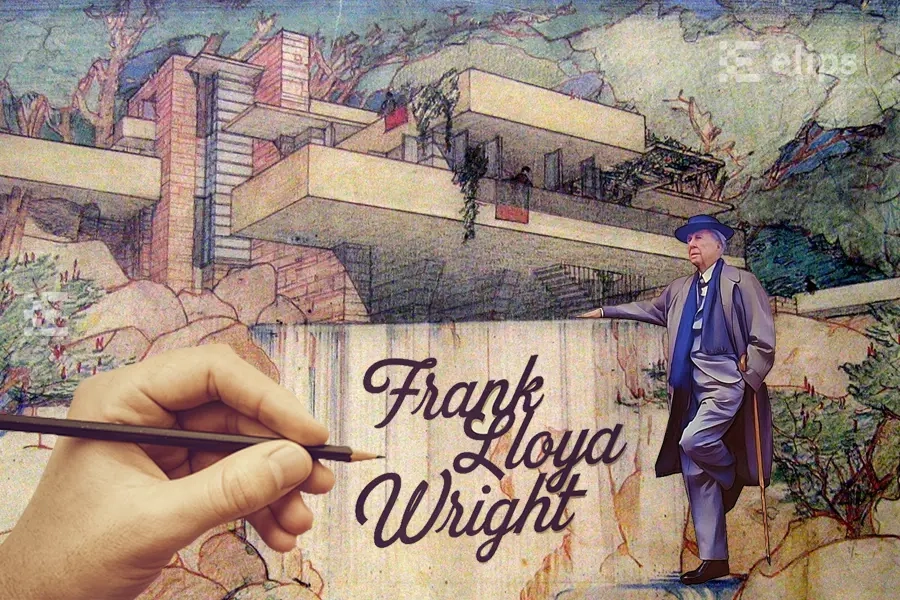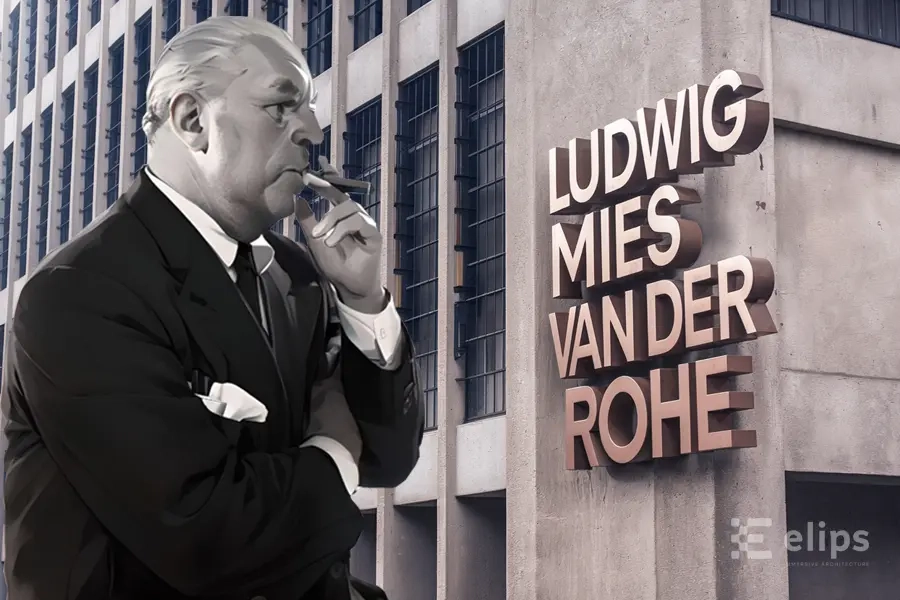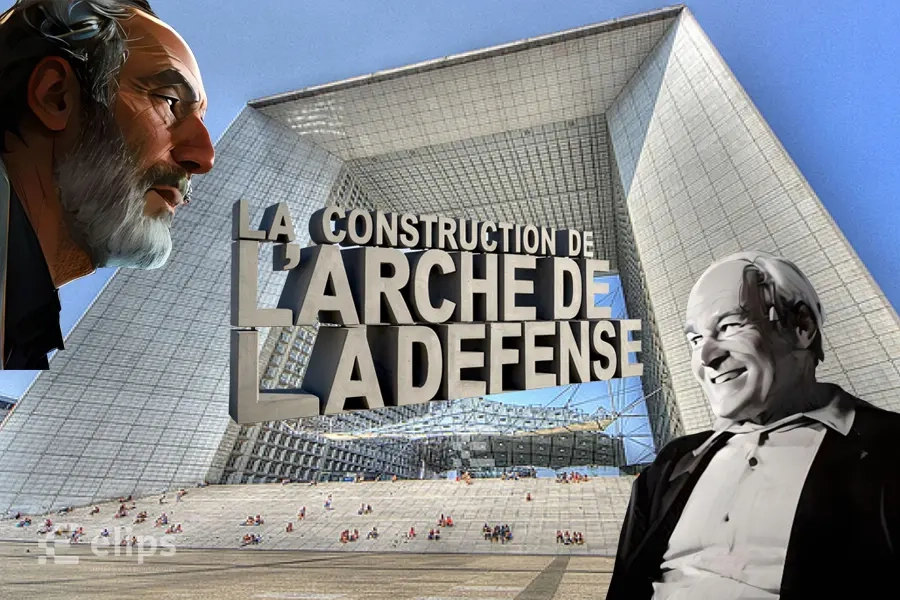No products in the cart.
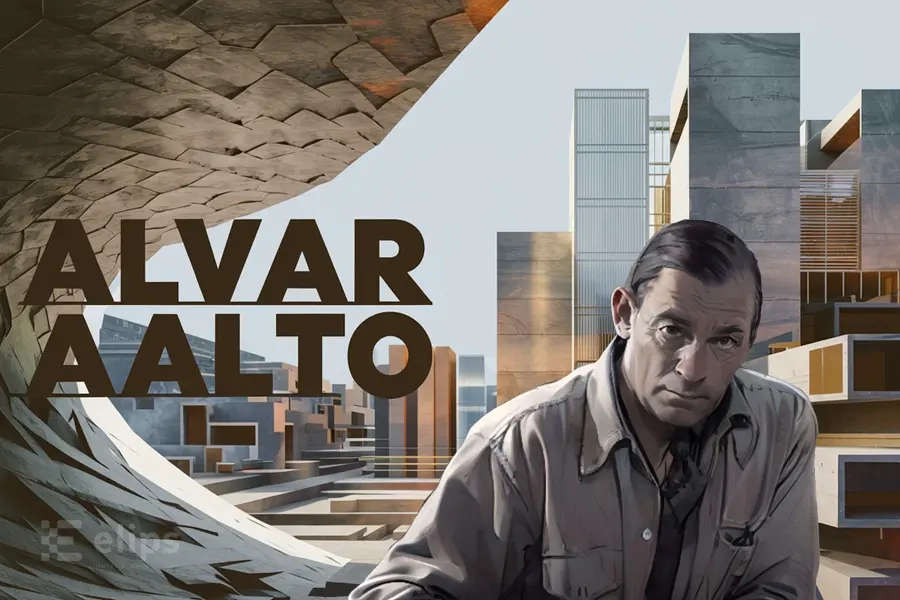
Alvar Aalto, the Magus of the North, architect and designer
The story of Finnish architect and designer Alvar Aalto (1898-1976)
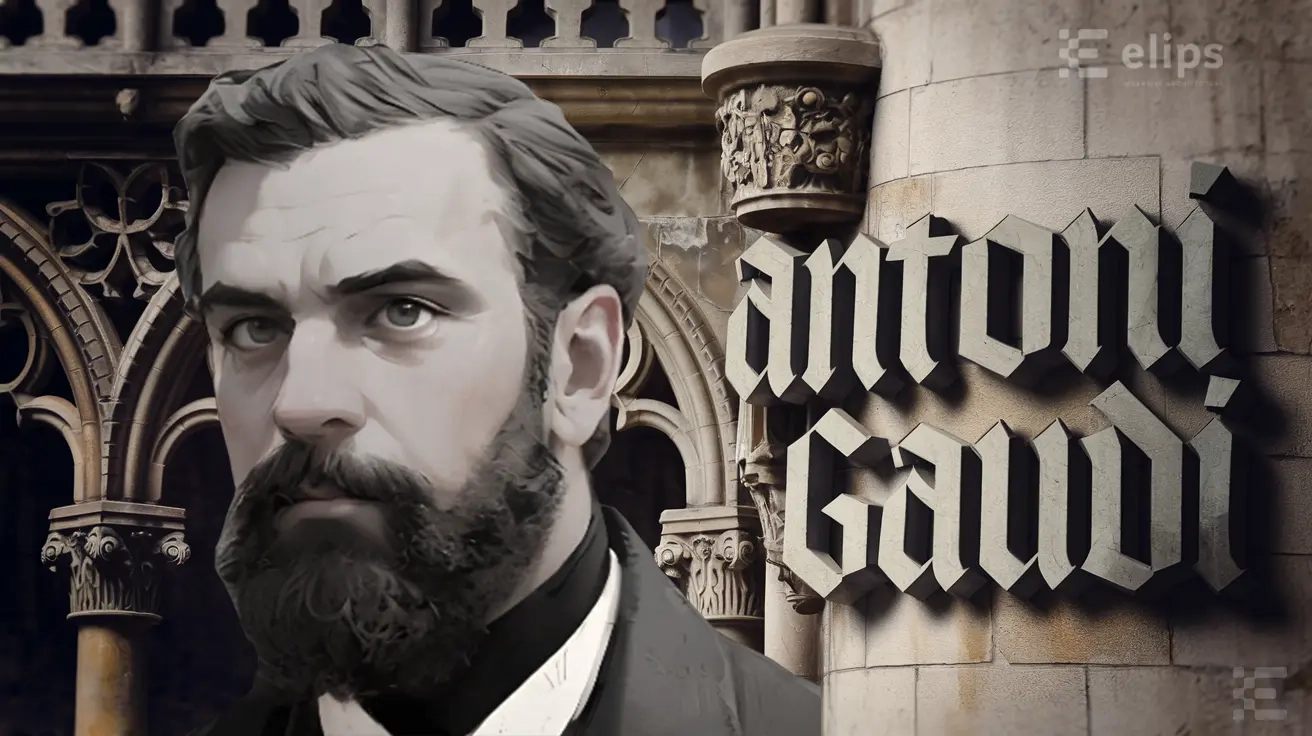
Antoni Gaudí i Cornetwas born on June 25, 1852 in Reusin Cataloniawhere his father Francesc Gaudí i Serra is a boilermaker contractor. His mother, Antònia Cornet i BertranShe gave birth to five children, only three of whom reached adulthood: Rosa, Francesc and Antoni.
The kid wasn't spoiled by nature. His rheumatism stuck to him like a leech to a racehorse. As a result, he skipped school more often than not. But don't get me wrong, that didn't stop him from keeping an eye on nature. And believe me, it came in handy later on.
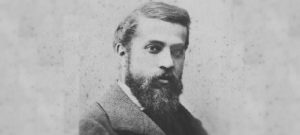
Antoni Gaudi
In 1868, he disembarked at Barcelona to become an architect. But be warned, it wasn't a foregone conclusion. His first attempt to get into the School of Architecture, he failed because of a watercolor drawing, can you believe it? Anyway, he worked like a madman for five long years, and in 1878, at the age of 25, he finally got his diploma.
When it came to his heart, Gaudí wasn't exactly Casanova. At 19, he fell head over heels for a French girl passing through, but didn't dare talk to her. Later, at 33, he had a crush on a chick, Pepeta Moreu. For four years, he did the Sunday-in-the-park thing, and when he finally asked her to marry him, she told him she was already promised to someone else. After that, our Gaudí put his heart in the closet.
His career really took off in 1883 when he met Eusebi Güella wealthy industrialist who became his friend and patron. Güell was captivated by Gaudí's art, which twisted stone and iron into hymns to nature and God. A friendship was forged between these two visionaries, as solid as a pillar of the Sagrada Família.
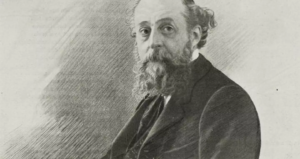
Eusebi Guell
The duo took on projects that seemed like something out of a fairy tale. Güell Palacea home where luxury meets the imaginary, with colorful fireplaces that look like giant candy canes. And then.., the crypt of the Colònia Güella sacred place where columns lean like trees blown by the wind. And of course, Parc Güellan open-air utopia.
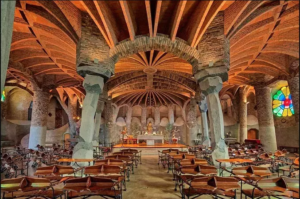
The Guell crypt
Ah, Parc Güell... A dream a little too big for its time. Güell wanted to turn it into a garden city, an earthly paradise for Barcelona's elite. But the rich had other ideas. In the end, only two houses were built, like two stars in a sky that promised sixty. Commercial failure, say the pragmatists. Eternal masterpiece, say the poets.
When everyone else turned their backs on the project, Gaudí stayed. He settled into one of the two houses, like a guardian watching over his unfulfilled dream.

park Guell
In the same year, he worked on the construction of the Sagrada Famíliasomething that's going to eat away at him for the rest of his life.
His first buildings were already heavyweight. La Casa Vicens, Güell Palace, le Collège des TérésiensThe whole thing was pure Gaudí. A mix of Orient, neo-Gothic and Art Nouveau, the kind of thing that makes your head spin like after three rounds of Pernod.
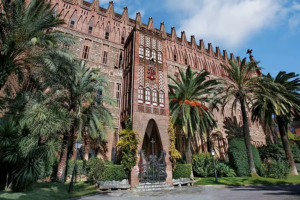
Collège des Térésiens
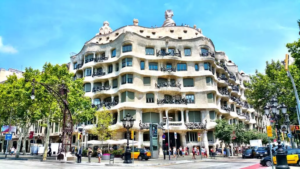
Casa Calvet
In 1900, he won the prize for best building for the Casa Calvet. His reputation even crossed borders. In 1908, he designed a skyscraper hotel for New Yorkwhich, if it had been built, would have changed the face of the city. Grand Palais, Paris.

Skyscraper hotel for New York by Gaudi
Between 1900 and 1914, it's the apotheosis. He produces Parc Güell, Casa Batlló and Casa Milànicknamed "La Pedrera. Buildings twisted like corkscrews, without a single straight line.
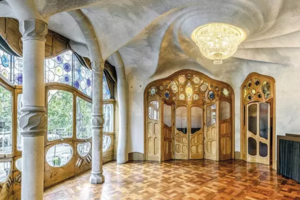
Casa Batlló
Gaudí was a stickler for detail. It's even said that he made his workers sit bare-assed on fresh concrete so that the bench in the Parc Güell is perfectly adapted to the human buttocks. Talk about a perfectionist!
The good man had his little quirks. He always carried a raw egg in his pocket, like others carry around a grigri. He admired its perfect shape and was fascinated by the extraordinary solidity of the shell. And when it came to eyesight, it wasn't the best. Myopic in one eye, hypermetropic in the other, but he refused to wear glasses. He said the Greeks didn't have any, but that didn't stop them from building marvels.
He lived like a monk lost in thought. His plate was a desert. A few lettuce leaves, trembling in a little milk, served as a feast. Nothing more. His philosophy was: "Water is the supreme food. For him, it was the caviar of the poor. The best food.
One time, he almost died. Too thin, too weak, he couldn't stand up. Hunger is unforgiving, even for the enlightened. It was a priest who had to shake him out of it, remind him that he had a work, a mission, the Sagrada Famíliathat damn stone dream he was dragging around like a cross. So Gaudí called a truce with his principles. He started eating again, not out of appetite, but to feed his dreams of stone and light.
From 1914 onwards, he devoted himself body and soul to the Sagrada Família. He even took up residence on the building site, like a tramp who had found his own palace. With his homeless look, people often mistook him for a beggar.
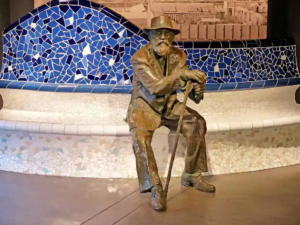
Statue of Antoni Gaudi in the winter of his life
Gaudí firmly believed that nature was the greatest source of inspiration, and he integrated this philosophy into every detail of the project. Sagrada Família. The basilica's columns, for example, are designed to resemble trees, with branches reaching out to support the roof.
And that's when fate played a nasty trick on him. On June 7, 1926, he was knocked down by a streetcar. Nobody recognized him, with his sleep-under-the-stars look, so he just lay there on the pavement like a run-over dog. By the time he was finally picked up and taken to hospital, the clock had run down too far. His last heartbeat resounds three days later, at 73 winters.
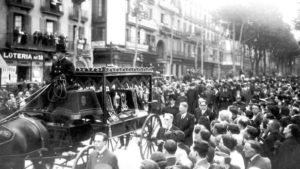
Antonio Gaudí's funeral procession through the streets of Barcelona
But his legacy has carved its wake in the rock of time. Seven of his works are UNESCO World Heritage Sites. La Sagrada Famíliastill under construction, has become the symbol of Barcelona. Every year, millions of visitors flock to the site, staring up, mesmerized by this stone forest in perpetual bloom.
Gaudí's style is quite something. Organic forms, undulating structures, a whirlwind of creativity that still fascinates and feeds the imagination of architects the world over. Gaudí's life was also marked by solitude and tragedy. His transformation into a recluse, entirely absorbed in his work, shows the personal sacrifices he made to realize his vision. His total dedication to his art and his faith make him one of the most fascinating figures in the history of architecture.
Find out more:
https://famosos.arquitectos.com/fr/antonio-gaudi-biografia/
https://www.techno-science.net/glossaire-definition/Antoni-Gaudi-page-2.html
https://www.casabatllo.es/fr/antoni-gaudi/

